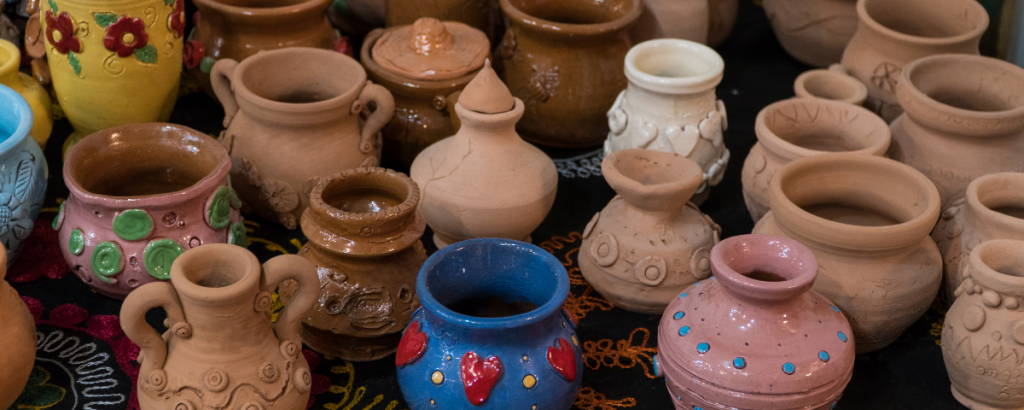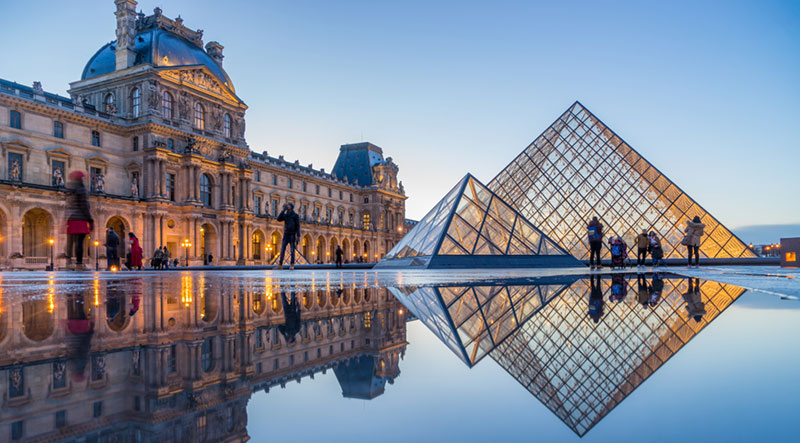Over the last few years, Photoshop has become a staple tool in the toolbox of many photographers. But Photoshop isn’t just important for images; it’s an essential tool across many creative industries, including video editing and graphic design. In this post, we’ll show you why Photoshop is important for modern photographers.
Photoshop: Godsend for Photographers
Photoshop is an image processing application used primarily for editing and manipulating graphical images. The main feature of Photoshop is its capability to manipulate, to a certain degree, every part of a digital image. Nowadays, Photoshop is used for digital retouching, 3D modeling, image editing tutorial, web layout image editing, photo editing.
In its various incarnations, Photoshop had been a godsend for photographers since the introduction of the first version of the software back in 1984. However, Photoshop has evolved over the years, and today the software is more powerful and versatile than ever.
It may surprise some people that Photoshop is a tool that can be used in a variety of creative ways. When people think about Photoshop, they often associate it with professional photographers, and they think that to be a photographer, one must use the program to perfect their work.
While some professional photographers do not use Photoshop or use different software for different aspects of their work, a professional photographer is not limited to Photoshop. There are many other programs that photographers use, such as Lightroom or Photoshop Elements, that can also be used for professional work.
Photoshop and its Importance
Photoshop is the most important tool for modern photographers. It is the only application that most of us use on a daily basis to create the images we love. But, despite its importance in the industry, many photographers are unfamiliar with Photoshop. Even though they are using it all the time and that it is the basic foundation of their work, most still do not fully understand its importance in their media.
Of course, Photoshop isn’t the only photo editing software out there-in fact, Photoshop is in a league of its own. When it comes to image editing, Photoshop is the de facto standard, and there are plenty of reasons why. Check out the following reasons below:
Many people don’t realize that Photoshop is more than just a photo retouching app when it comes to photography. Photoshop is the cornerstone of all modern photography, allowing you to do everything from simple photo editing to advanced post-processing.
Photoshop is extremely powerful, has a wide array of features, and has just about any feature you could ever want. But what exactly is the appeal of using any image editing software, let alone Photoshop? The answer to that question is simple: it allows you to transform your images, and if done correctly, can even make your images look better than the original.
Photoshop and its cousin Lightroom have been central to the creative process of photographers for decades now, and for a good reason-they’re powerful tools that allow us to achieve a level of control over our images that is unmatched by other software.
With Photoshop, we can process photos by transforming them and retouching them, with the help of various kinds of Photoshop brushes, color gradients, and other such tools, before posting them on our blogs. If you are a newbie to Photoshop, this article will help you learn how to use Photoshop CC to its full potential and will give you tips on how to use the program efficiently.
Photoshop is just one of many tools that photographers can use to create a high-quality image. In fact, Photoshop is only one piece of a complex puzzle. Whether you’re shooting with film, digital, or a combination of both, there are many tools that can help you create stunning images.
Conclusion
Photoshop is a great tool to enhance a photograph, and it is easy to use. But it is also a complicated tool, and it can be difficult to use at times. Besides that, there are so many advancements in Photoshop available today that only offer more options. The fact is that Photoshop has been around for a very long time, and it is an integral part of the modern digital photography world.
In an era where software and digital tools have made it easier than ever for members of the photography community to operate at a high level, the job of a professional still runs deep in a photographer’s DNA. After all, a good photo is more than just a great shot; it requires an eye for composition, a skill for editing, and the ability to master a multitude of tools and techniques.




